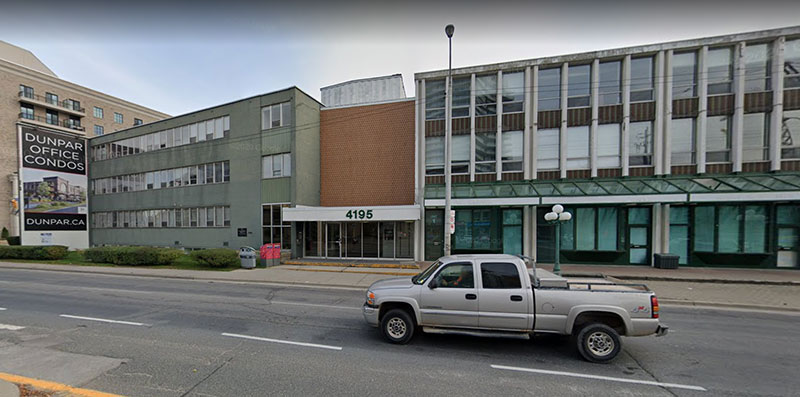What is Looksize and why did we create it?

Our story began in the year 2001 when Taras Rodtsevych opened his own web design studio “Intelex” back then in Toronto, Canada. The internet was just beginning to develop at that time and the first stores appeared on the web. We noticed this trend and started to specialize in creating online stores. Throughout its history, the studio had collaborated with a huge number of store owners and could see both successful and not-so-successful projects.

Particular attention was drawn to the online clothing stores, which appeared like mushrooms after the rain. The owners were very responsible, had excellent goods, and provided very good service. But in a year or two 60% of them closed down, and another 35% were in a state of "zombies" for many years, and later only one store was very successful. Being in close relations with store owners, we asked: why does this happen? Why don't they survive?
The first thing we noticed was that most store owners didn't do any more promotional campaigns after setting up their store. To the question “Why?”, we received an interesting response: "We spent all the money on setting up a store and buying goods, we do not have any money left for advertising, or the budget is miniscule."
The second most common answer was: "I understand clothing and fashion in general, but I don't understand advertising." Ok, "Why not hire a specialist to help promote your business?" The answer was very simple: "We can't afford it."
At Intelex, we first thought that this could not be true. Therefore, we began to analyze the salaries of the marketers and how much goods need to be sold to pay for their work. The conclusion really impressed us. Small online stores can actually survive only if the owner knows how to do everything by themselves. Beside that, the assortment of such a store was not enough to satisfy the lion's share of visitors and therefore the conversions were quite low.
These facts had led us to the sad idea that everything we built had very little chance of success. On one hand, it demotivated us, but on the other hand, it stimulated us to find a way to fix this situation. We were not ready to give up or let our clients down.
Our web studio Intelex faced a problem of "mortality" for small ecommerce clothing stores. We broke these problems into pieces and began to analyze them. Of all the problems, the two most important ones were identified:

1. In most stores, there were mostly a small range of goods, that is, the number of goods did not exceed 1,000 pieces. Given that each product was presented in 4-5 sizes, the range of 200-240 models was clearly insufficient for user choice.
2. Most stores had a very small promotional budget or it was completely absent.
These two problems made us realize that the stores had to be somehow merged, same as the case in physical stores in shopping centers.
Because our development center was located in the city of Lviv in Ukraine, we decided to try and implement this concept for the Ukrainian market first and then later expand to other markets.
In year 2008 the definition of "marketplace" was not popular with respect to e-commerce stores. And thus, Svitstyle.com.ua was born. After creating Svitstyle, we began researching the right word for our " child”. We tried many different options like: shopping center, platform, clothing supermarket and agreed on the term “aggregator”. It was only 4 years later that we came across the definition of "marketplace". By offering a free product placement we were able to attract more than 400 shops over a period of a few months. We saw the traffic grow like yeast, but along with success, the first nuances appeared.
Most stores did not have an XML feed and therefore we had to use a parser to download products. The work of the parser was quite long and the products were updated once every 2 weeks. During this period the goods could already be sold, the information was obsolete.

The other problem was payment. “How do we make money?” We decided to use the aggregator model as a basis, namely to charge for the transition to the site, and as a milestone for financial calculations they chose overture (the " grandmother " of modern Google AdWords). Our logic was simple: if the seller agrees to pay Overture $1 for going to the site on the verbal request "red dress" our offer was way superior. In our case the buyer has already seen the dress, its price and has read the description, so the chance of buying it would be much higher and the seller would be ready to pay more. Besides this even if some of the 450 sellers did not agree, it wouldn’t have been a problem for us. But in order to completely avoid the risk of refusal of sellers, we decided to set a "symbolic " price of 10 cents per click and redirect to the seller site.
We sent a letter to all our stores and announced the transition from the free service to paid service at 10 cents per click. The date of the switch was December 1, 2012.
